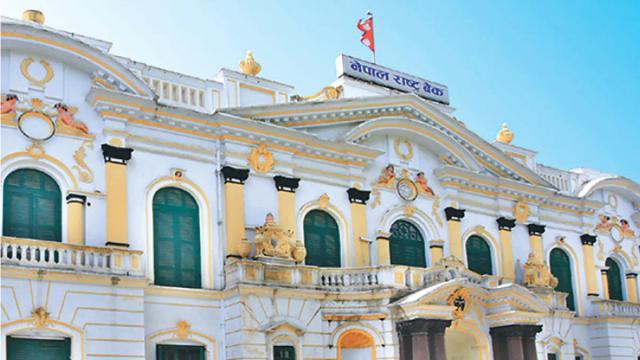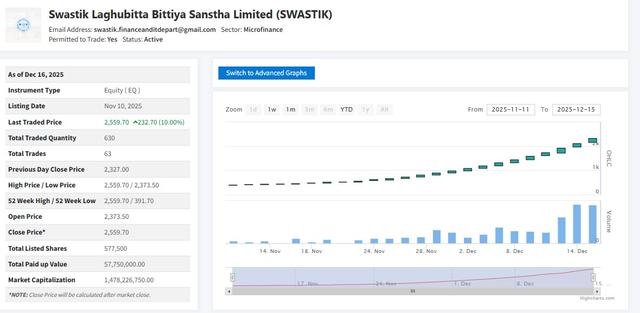Export Structure Dominated by Consumer Goods, Terms of Trade Fall by 3.7%
Author
NEPSE TRADING

Nepal’s foreign trade structure in the first month of FY 2082/83 showed notable shifts, according to data published by Nepal Rastra Bank. While exports were dominated by consumer goods, imports remained largely driven by intermediate goods. Meanwhile, the country’s terms of trade weakened, raising concerns about competitiveness.
During the review period, consumer goods accounted for 69.1 percent of total exports, while intermediate goods made up 29.9 percent and capital goods only 1 percent.
In contrast, last year’s figures were very different — consumer goods made up 44.3 percent, intermediate goods 54.6 percent, and capital goods 1.1 percent. This shows that Nepal’s recent export growth has been heavily dependent on consumer-oriented items rather than industrial or capital goods.
On the import side, intermediate goods dominated with a 56.2 percent share of total imports. Consumer goods accounted for 26.2 percent, while capital goods stood at 7.6 percent.
In the same month last year, the shares were 40.1 percent, 50.7 percent, and 9.2 percent respectively. This indicates a decline in consumer goods imports but a notable rise in intermediate goods, reflecting growing demand for inputs used in production and industries.
Based on customs statistics, the export unit value index fell by 3.8 percent, while the import unit value index dropped slightly by 0.04 percent.
As a result, Nepal’s terms of trade deteriorated by 3.7 percent in Shrawan. This means that the relative value of Nepal’s exports declined compared to imports, signaling weaker competitiveness in international trade.
Economists note that the dominance of consumer goods in exports may provide short-term benefits but highlights a lack of diversification and sophistication in Nepal’s export basket. On the import side, the rise in intermediate goods suggests some industrial expansion, yet the falling share of capital goods could limit long-term productivity growth.
The worsening terms of trade further underline the structural weakness of Nepal’s trade, as the country continues to rely on exporting lower-value goods while importing higher-value products.



